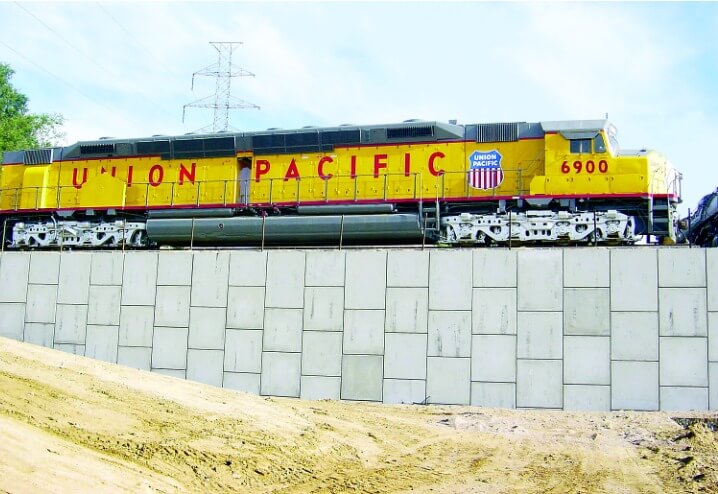
Rail Solutions
A proven track record for railway reinforcement
Railways in the Western Hemisphere date back over two hundred years. Global economies would not have prospered as they did without these vital systems. Today, railways still serve as one of the most efficient modes for transporting goods around the earth’s surface. It’s critical that railway tracks are constructed and maintained as efficiently as possible.
Despite facing increased demand, rail transportation companies have recently experienced declining revenue. Tightening construction budgets and heavier axle loads have forced track owners to explore lower-cost alternatives to traditional methods of railway track construction, reinforcement, and maintenance. In addition, owners are increasingly asking engineers and contractors to balance the unique safety requirements associated with track beds with environmental concerns.
From track support over weak subgrades to bridge abutments and heavy-duty intermodal pavements, Tensar geogrids are a proven railway solution capable of balancing all concerns with ease.
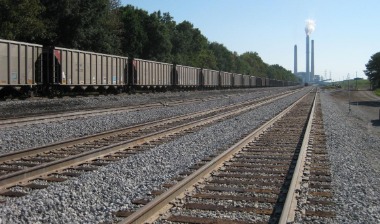
Rail Track
With the current (and rising) cost of materials, railway owners must continuously seek the most cost-effective design for constructing new track. Since track maintenance is a costly and ongoing liability, lifecycle cost savings are an additional concern. From light rail to heavy Class 1 structures, how can you build better tracks that substantially reduce track maintenance under a wide range of soil and loading conditions while also lowering the initial upfront cost? The proven solution is Tensar geogrids.
Walls & Slopes
When considering grade separations for rail projects, safety and long-term performance are top priorities. These concerns can seem daunting when faced with countless options for grade separations. Sourcing a solution from a single supplier, like Tensar, allows rail owners to get a complete system with components engineered to work together. Our rigorously-tested and patented earth retaining systems for railway applications take into consideration a variety of safety factors.

Heavy Duty Pavements
The loads imposed in the loading/unloading paved areas adjoining rail lines at intermodal facilities generally exceed those applied to the trackbeds themselves. These heavy-duty pavement structures are designed to support loads not only from truck traffic, but from cranes and other cargo transfer equipment. Tensar geogrids have helped many intermodal facilities by reducing material costs, speeding construction, and extending the design life of these heavily trafficked pavements.
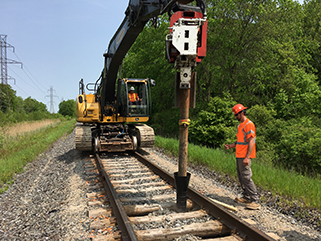
Geopier® Solutions
The Geopier GeoSpikeSM system is a cost-effective method for strengthening weak railroad track subgrades. This system is installed without removing railroad tracks, ties, or ballast.
Geopier ground improvement is also used to cost-effectively stabilize shallow slides along existing soil embankments by using the Geopier SRT® system. The patented SRT Plate Pile® method is well suited to stabilize slides or steep slopes that do not meet required stability criteria.
Resiliency
Avoid lost productivity from maintenance issues and track failure that can cripple the transportation of goods and carry a heavy price tag. Utilizing Tensar geogrids in railway projects results in greater rail resilience - extending track lifecycles, reducing maintenance, and improving cost savings both today and in the future. Geogrid-stabilized trackbeds are insurance against climate shocks to rail systems' safety and productivity.
In 1988, CSX installed Tensar geogrid to improve performance and extend maintenance intervals for a high-volume, poor performing, frequently maintained section of track at the Port of Mobile in Alabama. Over the next 32 years, the railway in this area experienced multiple major flooding events including Hurricane Katrina and the railway carried an estimated two billion gross tons of heavy tonnage. During this time, the area also experienced multiple major flooding events including Hurricane Katrina.
In late 2020, Tensar took samples of the installed geogrid and tested them. The exhumed geogrid samples were approximately 45% more rigid than they were in 1988. The Port of Mobile reaped the financial benefits of reduced maintenance costs (the maintenance interval was extended by up to 400%) and reduced need for replacement construction.
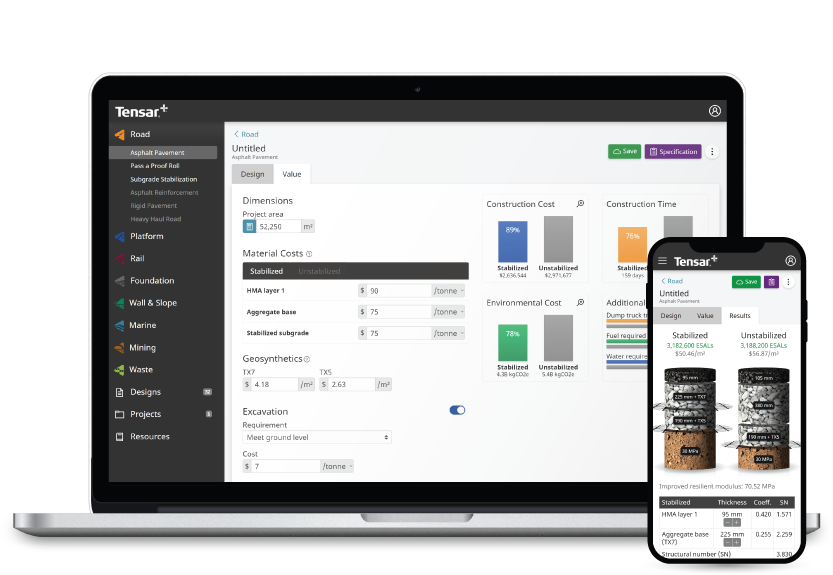





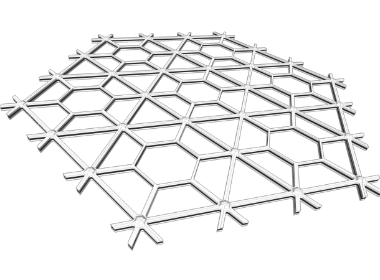


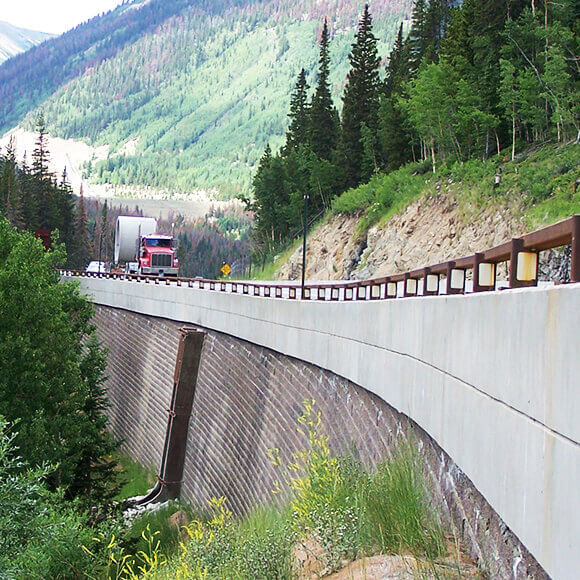
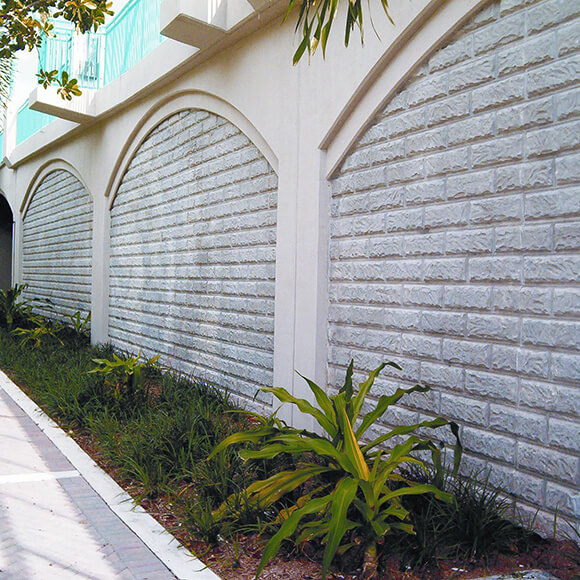
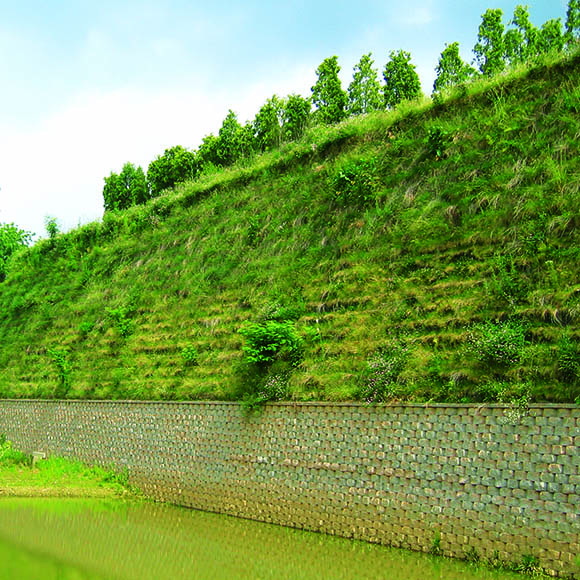
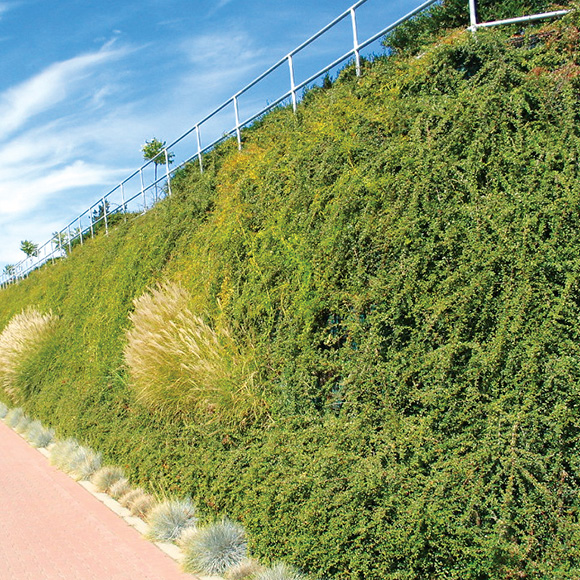
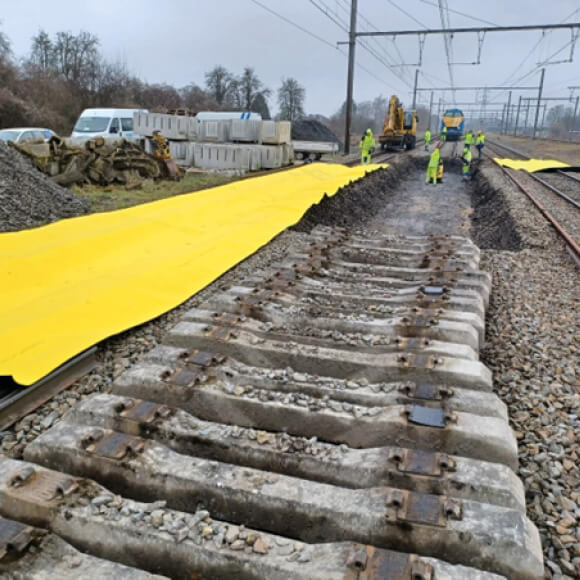.jpg?width=580&height=580&ext=.jpg)
.png)